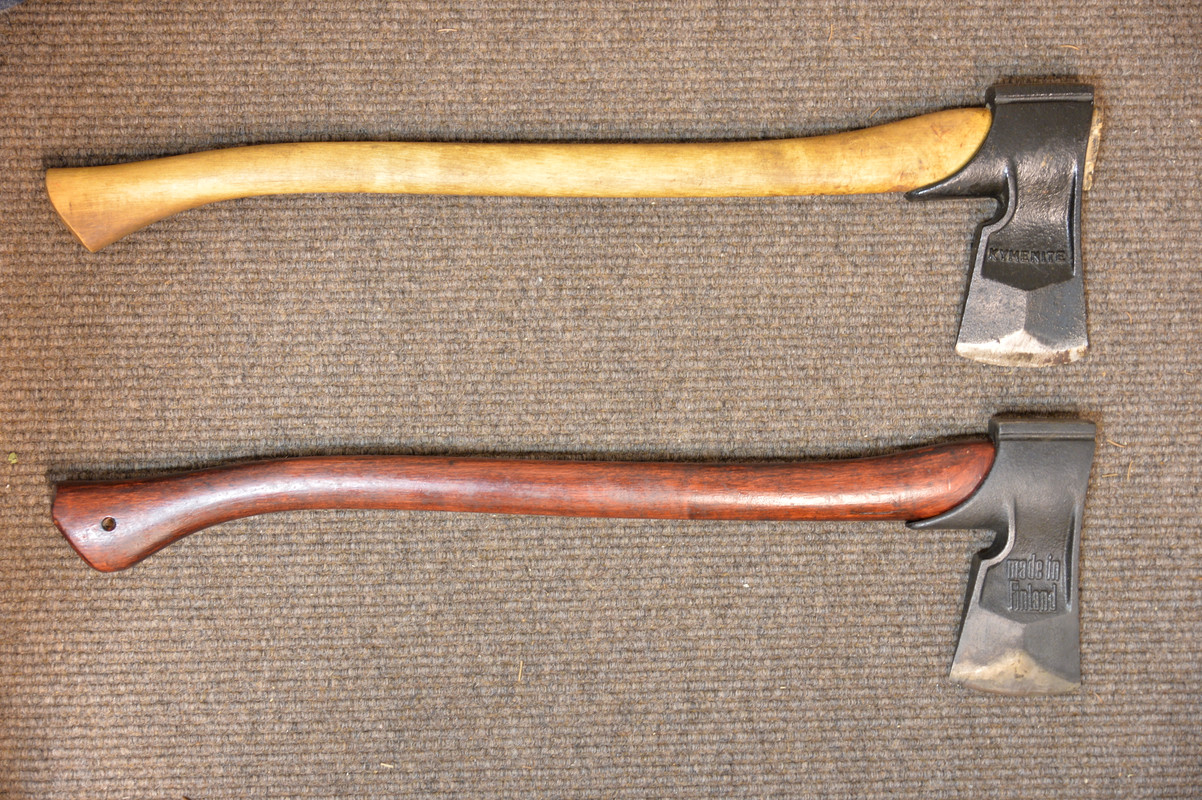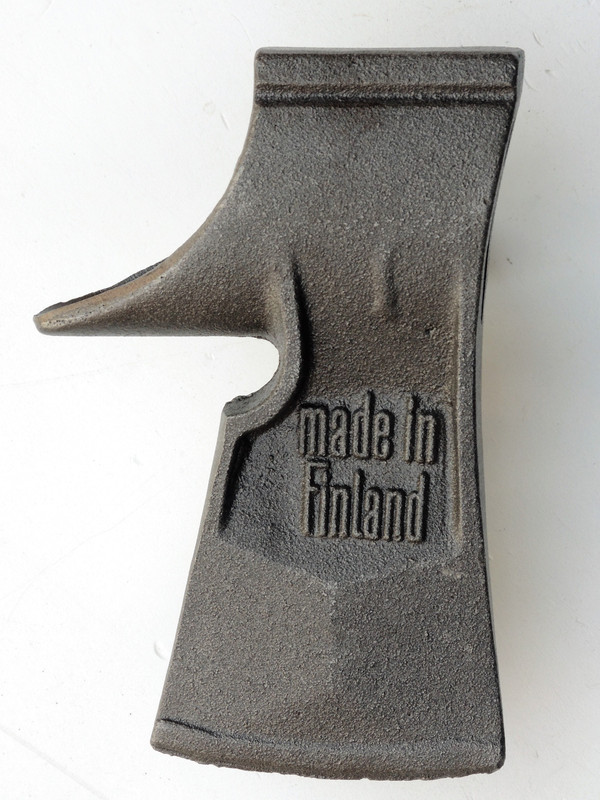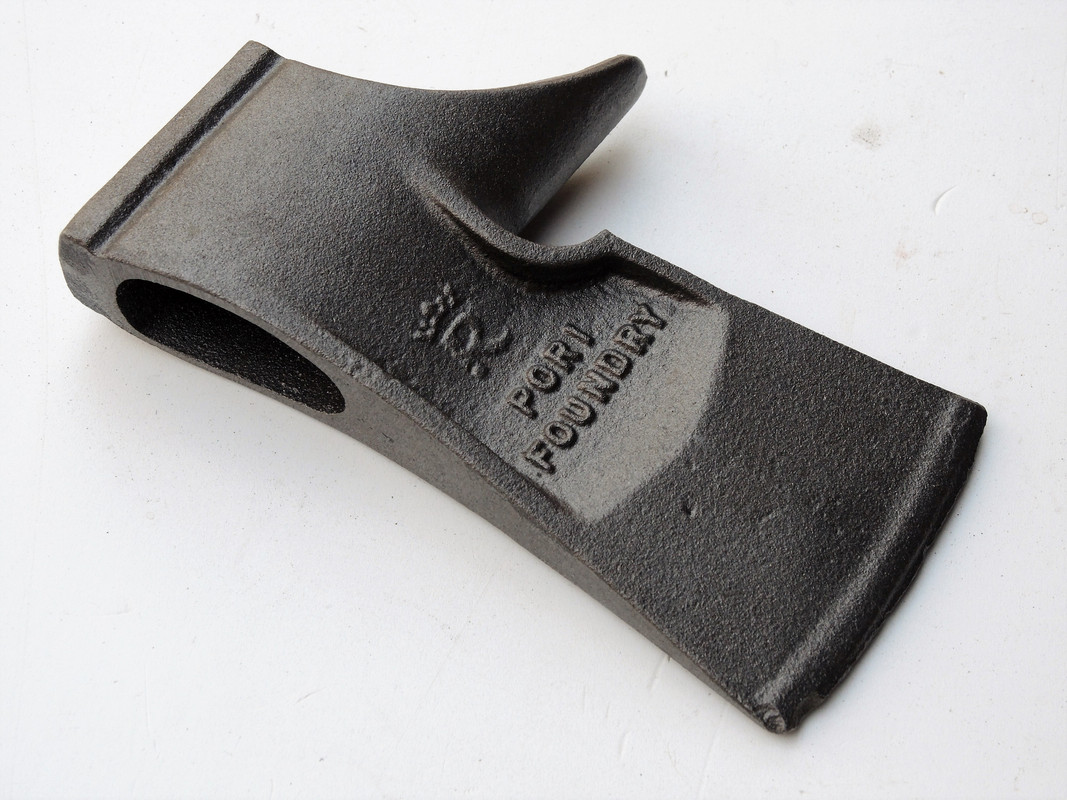Well,Sir, i'm afraid there's not an easy way to tell. Probably the least destructive would be to polish a spot,etch it with Nitric,and put it under a metallographic microscope. (what it translates to is a friend in a lab somewhere).
However,the good news is that the casting of steel in general is often misunderstood-a cast-steel object does Not equal a poor,inferior quality product,not in any general sense.
ALL steel has been cast at some point,the question is how well the process was controlled as far as what went into the mix,and how it was cycled thermally or mechanically in the subsequent stages.
The main difference for us,the non-metallurgists,is the Cost. Casting is significantly more expensive,from what i understand as much as 8x more than Forging.
To begin with,you'd be Very unlikely to run into a cast-steel axe-head.
Historically the idea was appealing to manufacturers,and apparently many,including W.C.Kelly had/(have?) patents registered attesting to that effect (anecdotal evidence for me at this point,alas i never got off my duff to research that closely).
In practice though,for reasons of economics or other,we don't really hear of any mass-produced cast axes until shortly before WWII,when Keech in Australia patent their famous "Keechsteel" products. (These are excellent axes,produced for several decades (not sure until when),and very sought after to this day).
After WWII the idea came up less and less. I'm aware only of a Finnish manufacturer Hogsfors who tried,and failed,to produce axes by casting in the 1970-ies. Otherwise all was quiet on the casting front.
Today to my knowledge only Ivan Tasev,in Bulgaria,is still experimenting with the process. He's an excellent metallurgist,and has gotten a hold of some dinosaur soviet equipment to play with,and is actually producing axe-heads that are cast.
He sells his tools on ebay under the handle "mapsyst",and also has a site,you may try
http://axessive.com/
(He's a nice guy,very approachable,possibly you can pick his brain in regards to details).
Other than that again the odds of running into a cast axe-head are rather long,it was never a practical Or a cheap way to produce axes,and again-the result would in no wise be of an inferior quality,not for reason of it being cast in any case.






